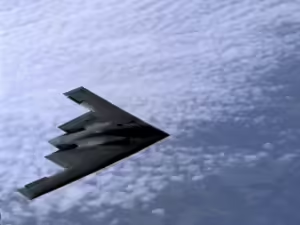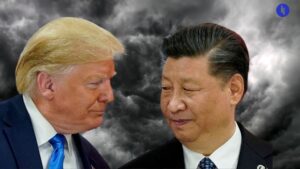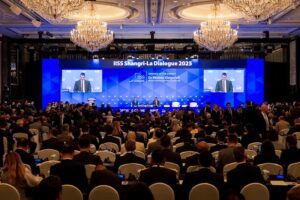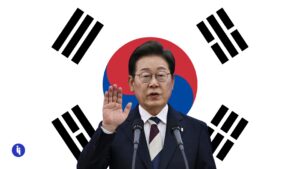Russia and Ukraine were scheduled to have their first direct talks since 2022 yesterday (Thursday), but they never actually happened, with Moscow blaming “logistical issues”.
That raises a few intriguing questions:
- Who was supposed to show?
After Putin’s weeks of deflecting the US-proposed (and Ukraine-backed) 30-day ceasefire, the leaders of Germany, France, Poland, and the UK visited Ukraine’s Zelensky in Kyiv last weekend and gave Putin an ultimatum: accept the ceasefire or face massive new sanctions.
Stay on top of your world from inside your inbox.
Subscribe for free today and receive way much more insights.
Trusted by 129,000+ subscribers
No spam. No noise. Unsubscribe any time.
But Putin deflected again, instead proposing direct talks in Turkey for Thursday “without pre-conditions”. He was vague on who might attend, but Ukraine’s Zelensky himself vowed to meet him in Istanbul, and President Trump offered to join also.
Then, just hours before kick-off, the Kremlin revealed Putin was sending a more junior delegation (dubbed “stand-in props” by Zelensky), led by a former culture minister who also headed up the 2022 peace talks. Which leads us to…
- Haven’t we been here before?
Yep. Russia and Ukraine first held talks in Belarus four days after Putin’s tanks rolled across the border, and then again in Istanbul another 29 days later.
That second round in March 2022 produced a draft agreement that would’ve included:
- A ban on Ukraine’s NATO membership
- A tacit acceptance of Russia’s seizure of Ukraine’s Crimea, and
- A cap on Ukraine’s military.
But with Russia’s 64th motor rifle brigade already committing war-crimes outside Kyiv, the Istanbul talks collapsed — Ukraine wanted Western security guarantees to prevent Russia from simply invading again, but Moscow insisted Russia itself should be the guarantor to protect Ukraine (… from Russia).
And those talks have been the subject of Russian propaganda ever since, attempting to frame Moscow as offering peace while the West supposedly forced Ukraine to block it.
- So why did Putin propose then skip yesterday’s talks?
Faced with Europe’s ceasefire-or-sanctions ultimatum, Putin’s proposal was probably a bluff, assuming Zelensky would refuse without a ceasefire in place first. That would’ve enabled Putin to:
- Keep projecting himself as a peacemaker and wartime statesman
- Keep hoping for any decisive battlefield breakthrough after 1,177 days of trying
- Keep stringing the West along until it loses interest and/or drops support, and
- Keep delaying Putin’s own reckoning back home, where any truce would read like a betrayal given his massive economic, military, and demographic sunk costs, all justified by years of loyal state-media framing.
But while Zelensky initially played into Putin’s hands by insisting on a ceasefire before the talks, the Ukrainian leader then quickly agreed — that reverse-Uno’d Putin, who baulked.
So, what’s next?
The talks have been rescheduled for today (Friday), though we’re not holding our breath. And neither is President Trump, arguing “nothing’s going to happen until Putin and I get together.”
Intrigue’s Take
This week’s twists and turns have produced a few intriguing results:
- First, Putin’s attempt to blame Ukrainian obstinance has backfired into a vivid illustration of his own predicament
- Second, that’s nudged media narratives away from Putin being some masterful strategist, with several headlines now openly calling him something else, and yet
- Third, that brings us back to Europe’s original ultimatum: ceasefire or sanctions.
But haven’t we been here before? Yes. 16 times, to be precise. And sure, the EU is now duly working on its 17th sanctions package.
Yet each new round just begs the question: why drop this latest hammer now rather than (say) when Putin first invaded, or when he seized Ukrainian children, or when he attempted to blow a US-bound jet out of the sky, or any number of other escalations.







